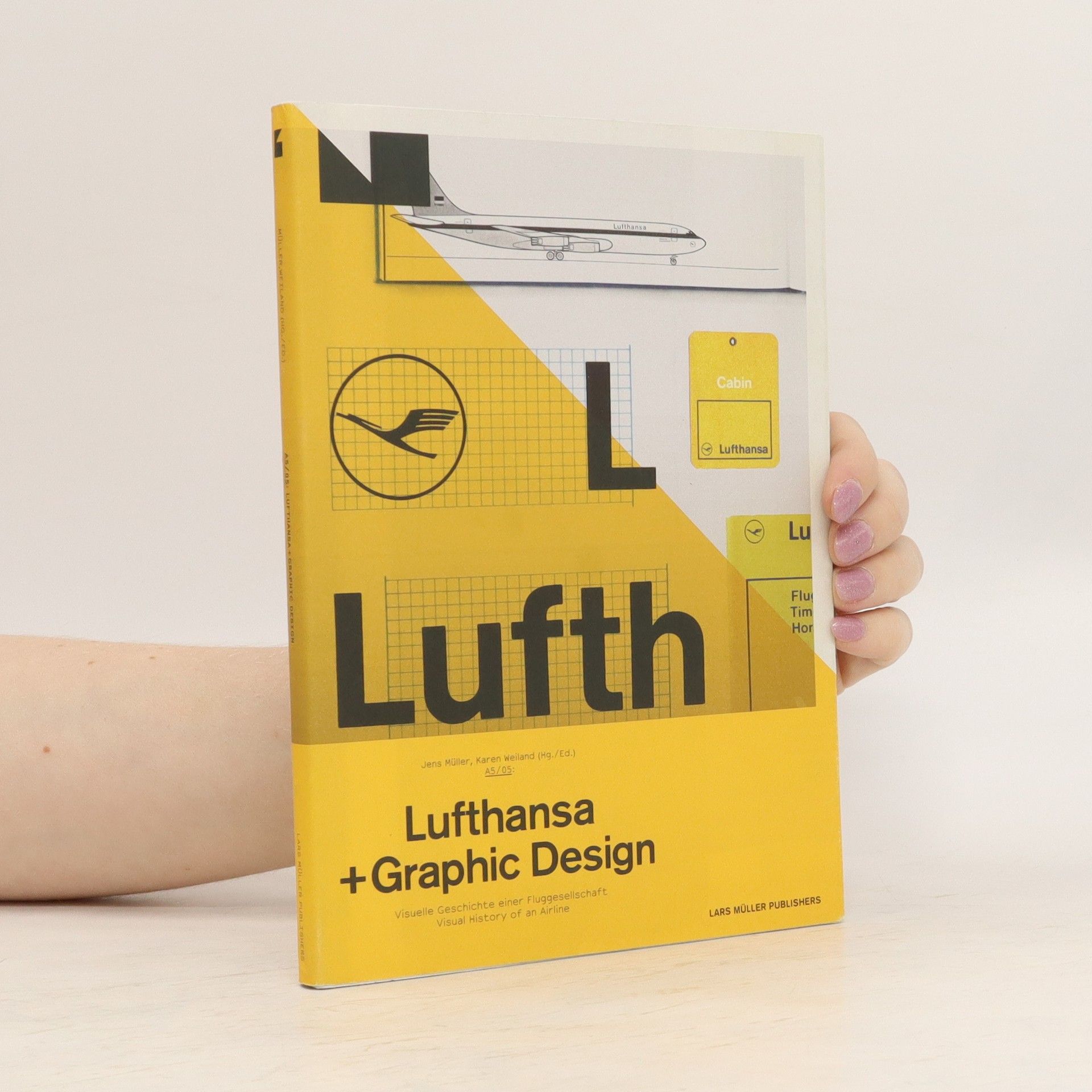Focusing on a remarkable World War II event, this true account recounts the daring escape from Stalag Luft III, which inspired the iconic film The Great Escape. Jens Müller, one of only three successful escapees, shares his firsthand experiences of the planning and execution of this audacious endeavor in March 1944. His narrative provides a gripping insight into the courage and resilience of POWs, highlighting the challenges they faced and the bonds formed during their quest for freedom.
Jens Müller Book order






- 2024
- 2024
Menschenführung in Feuerwehr, Polizei und Rettungsdienst
Ein persönliches Arbeitsbuch
- 235 pages
- 9 hours of reading
Der Fokus liegt auf der kritischen Selbstreflexion von Führungskräften in Blaulichtorganisationen wie Feuerwehr, Polizei und Rettungsdienst. Der Autor ermutigt dazu, persönliche Charaktereigenschaften zu definieren und das eigene Verhalten in Führungssituationen zu hinterfragen. Durch zahlreiche Beispiele und Übungen aus der Praxis wird eine tiefgehende Auseinandersetzung mit den Herausforderungen und Tabuthemen der Führung ermöglicht. Mit erfrischendem Klartext werden Leser dazu angeregt, ihre Führungsfähigkeiten entscheidend zu verbessern.
- 2023
The Computer
- 672 pages
- 24 hours of reading
Die Entwicklung der Maschinen des Computerzeitalters erzählt die Geschichte bahnbrechender Innovationen. Von den Anfängen der Computertechnik über sperrige Großrechner bis hin zu Personal Computern münden über 300 Jahre Technologiegeschichte in unsere nahezu vollständig digitalisierte Welt. Die Reise beginnt mit den ersten analogen Rechenmaschinen im 19. Jahrhundert, führt über autonome Fahrversuche in den 1920er Jahren und die überdimensionalen Bürocomputer der 1950er Jahre bis zu den Laptops und Wearables von heute. Mit über 1000 Abbildungen schafft Jens Müller ein visuelles Verständnis für den Aufstieg des Informationszeitalters. Dokumentarische Fotos, historische Dokumente und ausführliche Erläuterungen beleuchten Tech-Visionäre und Unternehmer, deren Erfindungen Meilensteine der Computergeschichte darstellten. Entdecken Sie Innovationen von Persönlichkeiten wie Ada Lovelace, Alan Turing und Steve Jobs, sowie Klassiker wie den Apple Macintosh und die Sony PlayStation. Infografiken erläutern technische Konzepte wie drahtlose Kommunikation, während seltene Fotos die Geschichte von Unternehmen wie IBM, Apple und Google aufleben lassen. Diese faszinierende Lektüre würdigt die enorme Leistung des Computers und seinen Einfluss auf die soziale und politische Landschaft, und zeigt, wie wir Fragen der Zukunft besser stellen und beantworten können.
- 2021
Menschenführung in Feuerwehr und Rettungsdienst
Ein persönliches Arbeitsbuch
- 2018
Seit jeher hat das Grafikdesign durch lebendige und prägnante Verknüpfungen von Bild und Idee den Zeitgeist zum Ausdruck gebracht. Es ist allgegenwärtig: von der minimalistischen Verpackung bis zur farbenfrohen Reklame, von der intelligenten Umweltgrafik bis zur schlanken Schnittstelle. Grafikdesign vermittelt nicht nur Informationen sondern ist auch ein Spiegel gesellschaftlicher Werte und kultureller Tendenzen. Mit großer Sachkenntnis hat Autor Jens Müller die herausragenden Entwürfe jedes Jahres ausgewählt, einen Zeitstrahl mit Meilensteinen des Designs. Diese Sammlung repräsentiert die längst überfällige Betrachtung eines kreativen Bereichs, der sich ständig entwickelt, verändert und zu neuen Höchstleistungen antreibt. Seine Schlüsselwerke fungieren als Koordinaten zeitgenössischer Geschichte; sie lassen uns ermessen, wie stark der Einfluss des Grafikdesigns auf unseren Alltag ist.
- 2016
1949 fand der Wettbewerb "Die besten Plakate des Jahres" in der frisch gegründeten Bundesrepublik Deutschland zum ersten Mal statt. Gestalter konnten Plakatentwürfe des abgelaufenen Jahres einsenden, eine Fachjury prämierte die besten Arbeiten. Ab 1966 gab es auch in der DDR einen solchen jährlichen Wettbewerb. Viele der damals prämierten Arbeiten gehören heute zum Kanon der deutschen und internationalen Designgeschichte. Das Buch erzählt die wechselvolle Geschichte der Wettbewerbe, mit ihren sich über die Jahrzehnte verändernden Veranstaltungsformen. Aus den insgesamt fast 4000 prämierten Arbeiten zeigt ein Bildteil mehr als 250 Plakate der Jahre 1949 bis 2000. Eine gesamtdeutsche Plakatgeschichte, die nachhaltige Veränderungen wie kurzlebige Gestaltungstrends sichtbar macht und viele der besten deutschen Plakate zeig.
- 2015
Logo modernism
- 432 pages
- 16 hours of reading
Die Ästhetik der Moderne in Kunst, Architektur und Produktdesign ist vielen bekannt, doch der Einfluss der Moderne auf das Grafikdesign ist weniger verbreitet. Autor Jens Müller hat für diese TASCHEN-Publikation etwa 6000 Markenzeichen aus der Zeit zwischen 1940 und 1980 gesammelt, um zu zeigen, wie modernistische Ideen die Corporate Identity prägten. Der Überblick umfasst diverse Branchen, von kleinen Medienunternehmen bis zu großen Einzelhändlern und Fluggesellschaften. Die Sammlung ist in drei Design-Rubriken unterteilt: Geometrisch, Effekt und Typografisch, mit weiteren Unterpunkten wie Alphabet, Überlagerung, Punkte und Quadrate. Neben dem Katalog bietet der Band eine Einführung von Jens Müller zur Geschichte des Logos sowie einen Essay von R. Roger Remington über Grafikdesign und die Moderne. Acht Designer-Profile und Fallstudien beleuchten das Werk von Größen wie Paul Rand, Yusaku Kamekura und Anton Stankowski sowie bedeutende Projekte wie Fiat und die Olympischen Spiele 1968 in Mexiko. Diese Publikation ist eine wertvolle Inspirationsquelle für Grafikdesigner, Werbefachleute und Branding-Spezialisten und spricht auch alle an, die sich für Sozial-, Kultur- und Firmengeschichte sowie die Kraft von Bild und Form interessieren.
- 2012
Deutsche Lufthansa is one of the most important airlines in the world, with a long and diverse history that goes back to 1926. The visual identity of Lufthansa is just as long and diverse. The beginning of the 1960s saw one of the most important steps in the development of corporate communication. The company employed the designer Otl Aicher and his Gruppe E5 student group to develop a visual identity for Lufthansa. It was substantially realized in 1963 and up until the present day counts as one of the most groundbreaking corporate design solutions of the 20th century. With a focus on the famous brand identity, the design and advertising history of Deutsche Lufthansa from the 1920s to today is comprehensively documented here for the first time. This volume contains numerous illustrations from the corporate archive and background articles and interviews. ILLUSTRATIONS: 300 illustrations